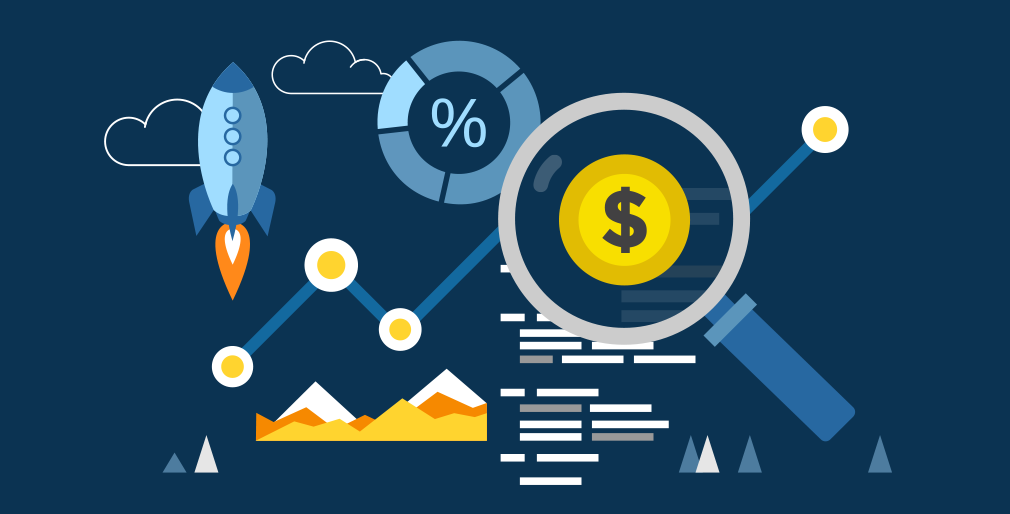
The basics of operating your own business seem rather simple when it comes to financing: make more money than you need to spend and everything will be okay. However, the business world isn’t so black and white when it comes to cash, expenses, or profit and loss. While the first rule of running a good business is ensuring that your company will still be able to turn a profit after all the fixed and variable expenses are paid, it isn’t always so easy to predict or achieve. There are times your expenses may not be keeping up with your income. Managing your cash flow is crucial to the health of your company, and knowing ways to boost your cash when in a pinch can keep your business from going under.
Proactively Review the Financials
Knowing the bottom line of your company’s finances isn’t something that can be left as a last-minute check at the end of the month. For you to have a strong grasp on where your money is coming from and where it is going, you need to proactively engage with your company’s cash flow reports. You can first determine your cash flow ration. Take the total of all current liabilities contained on the company balance sheet and divide it by the total amount of cash from the operations. This is often found on the cash flow statement. This is the way to get a quick overview of the company’s ability to generate enough sales and cash to pay for the outstanding liabilities (expenses).
Types of Cash Flow
The company will have different types of cash flow numbers. One is the accounting cash flow and the other is the available cash flow. You can also determine the cash flow from operations and the free cash flow. You can identify the data for each area from the following formulas.
- Accounting Cash Flow is the company’s earnings before amortization or depreciation. You start with the net income from operations and add it to the depreciation and amortization numbers. This is known as the EBDA and determines the accounting cash flow. You can find these numbers on income and expense statements.
- Available Cash Flow is the amount of money that is currently available to pay creditors, owners, and investors. Calculate the company’s earning prior to interest, depreciation, and amortization. Add this number to the net income take from operations, interest, depreciation, and amortization. This is called the EBITDA.
- Cash Flow from Operations is the amount of money that is coming in as a direct response to company activity. Using the cash flow statement and balance sheet, add the net income, amortization, and deprecation together with the income from all sources. Subtract the net increase in working capital and you will have the amount of money being brought in. This is not your profit, but simply where the money is coming from.
- Free Cash Flow is the money on hand that can be used to help your business grow. Take the current cash flow from operations total and subtract the expenditures for capital investments. Your resulting number is the FCF, and a good FCF number allows a company to pursue growth from a healthy financial perspective and wise investments.
- Ending Cash Flow is the number that you get when you take the starting balance of the company bank account, add in all the cash that came in for the period, then subtract all the expenses for the same time period. The ending number should be a positive number, and this is an easy way to quickly figure out the company’s cash flow within a specific time period. Comparing time periods will help display any growth or trends that show a loss each month.
Boosting the Bottom Line
There will be times when your cash flow might be dropping towards the negative, and your company will need an influx of cash to provide a cushion against expenses or help your business operations expands. There are options that range from online like Quickloansdirect.com to traditional lenders that may be willing to invest your company through a small business loan. There are also sources like invoice factoring, merchant cash advances, and business lines of credit that may be able to give your company short-term access to needed funding. However, there is a danger in borrowing money to boost your business if you don’t have a solid plan in place for using the money to increase revenue while reducing expenses. If you aren’t aware of what is happening to your cash flow, you may be simply digging another financial hole with little hope of getting out. This is why knowing the areas of income and expense in great detail can prevent your company from going under.
The Small Business Administration warns that a lack of funding is the number one reason small businesses don’t succeed. Without an accounting system in place that can keep track of every dollar going in or out, you might be on the verge of becoming another small business statistic.
This is an article provided by our partners network. It does not reflect the views or opinions of our editorial team and management.
Contributed content

IntelligentHQ Your New Business Network.
IntelligentHQ is a Business network and an expert source for finance, capital markets and intelligence for thousands of global business professionals, startups, and companies.
We exist at the point of intersection between technology, social media, finance and innovation.
IntelligentHQ leverages innovation and scale of social digital technology, analytics, news and distribution to create an unparalleled, full digital medium and social business network spectrum.
IntelligentHQ is working hard, to become a trusted, and indispensable source of business news and analytics, within financial services and its associated supply chains and ecosystems.









